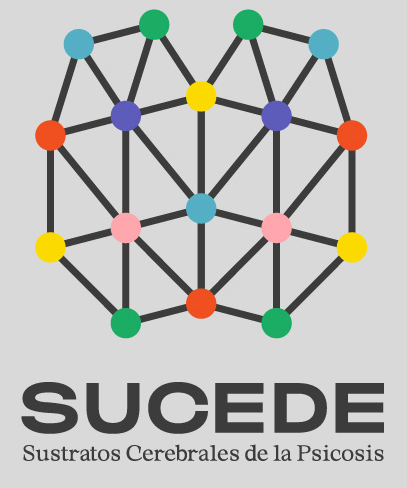In the field of psychiatry, a topic of constant debate has been the classification of schizophrenia. Is it a disease with a single symptom profile, or are there biologically distinct subtypes? The SUCEDE group reviewed an article that delves into this question, investigating whether auditory hallucinations, one of the most characteristic symptoms, are associated with a unique cerebral connectivity profile.
This work is based on two pillars. First, the P300 evoked potential, a brainwave that reflects attention and cognitive processing. It’s known that in schizophrenia, the amplitude of this wave is reduced, a consistent finding that serves as a marker. However, this marker fails to distinguish between patients with and without hallucinations, as cognitive alterations are common across the pathology.
The article proposes that instead of looking for differences in P300 amplitude, the keys might lie in how different areas of the brain communicate. Using electroencephalography (EEG), network parameters such as the clustering coefficient and path length were analyzed in frequency bands like theta and delta to evaluate the efficiency and segregation of the cerebral network.
The study compared patients with schizophrenia who suffered from auditory hallucinations with those who did not, as well as a healthy control group. Although the P300 showed no differences between the patient groups, the network analyses did.
Interestingly, the results revealed that patients without hallucinations had stronger connectivity than those who did, especially in the frontotemporal and frontoparietal networks. This finding, while counterintuitive, suggests that patients without hallucinations might be mobilizing more cognitive resources to compensate for their deficits. In the context of a machine learning model, the network properties were shown to be much more effective at classifying patients than the P300 amplitude.
Conclusions and Critical Reflections
In summary, the article concludes that alterations in cerebral connectivity, specifically a reduced connectivity in networks related to speech and language, could be a key factor in the emergence of auditory hallucinations. This deficit in the connection between frontal and temporal areas could make it difficult to filter internal stimuli, confusing thoughts with external perceptions.
However, during the video discussion, several methodological criticisms were raised. It was highlighted that differences in medication between the groups were not controlled, which could have biased the results. Furthermore, the use of network analysis with only 16 surface electrodes was questioned, and it was noted that the interpretation of some statistical data seemed forced. Despite these limitations, the study opens up a promising line of research: cerebral connectivity could be a more precise biomarker than evoked potentials for understanding the symptomatic subtypes of schizophrenia.



